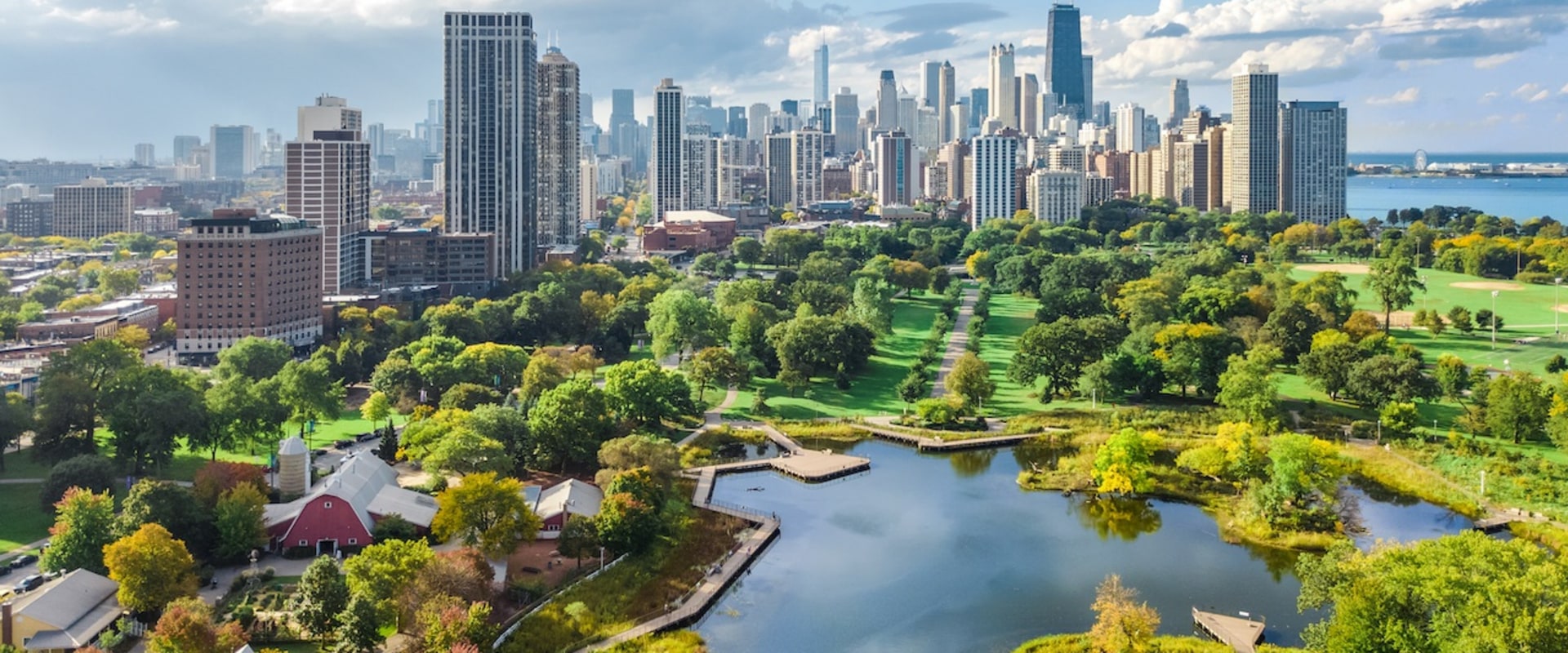An urban forest can describe an urban park such as Central Park in New York City, New York, street trees, nature reserves, sprawling gardens, or any tree that grows collectively within a suburb, city, or town.
urban forestry
is the name given to the care and maintenance of areas of ecosystems that remain after urbanization. More than 141 million acres of U.S. forests are found in our cities and towns.urban forests come in many different shapes and sizes. They include urban parks, street trees, landscaped boulevards, gardens, river and coastal walks, greenways, river corridors, wetlands, nature reserves, tree belts, and operating trees at former industrial sites. Urban forests, through planned connections of green spaces, form the green infrastructure on which communities depend. Green infrastructure works at multiple scales, from neighborhood to metropolitan area and regional landscape.
Urban forestry is defined as the planting, maintenance, care and protection of tree populations in urban environments. And the role of trees is an essential function of urban planning and urban infrastructure. Planned green space connections encompass not only parks and gardens, but also landscaped boulevards, river and coastal walks, greenways, and even simple street-side tree boxes. All of this requires strategic planning and a skilled workforce.
Urban forestry is the care and management of individual trees and tree populations in urban environments with the purpose of improving the urban environment. Urban forestry involves both planning and management, including the scheduling of urban forest care and maintenance operations. Urban forestry advocates for the role of trees as a fundamental part of urban infrastructure.
urban foresters plant and maintain
trees, support proper tree and forest conservation, conduct research, and promote the many benefits that trees provide.Urban forestry is practiced by municipal and commercial arborists, municipal and utility foresters, environmental legislators, city planners, consultants, educators, researchers and community activists. Urban forestry is the management of forest ecosystems in and around cities. State and local officials work with parks and recreation departments, land-use planners, utilities, and citizen organizations to promote and manage urban forest resources. It has been shown in Sweden that certain endangered species of birds live mainly in urban forests, where certain trees are planted.
Certain species are more tolerant of harsh urban conditions than others, and urban foresters strive to select species that maximize benefits and minimize costs for a specific site. Rachel Billingham, Program Leader, Department of Conservation and Natural Resources, Office of Forests, Private Forestry and Urban Forestry Programs, Pennsylvania, United States. Through internships, work experience, and on-the-ground training opportunities, many skills are developed that are crucial to urban forestry professions. Urban forests can also contribute to reducing air pollution and improving air quality (Escobedo et al.
Urban forestry is multidisciplinary and multifaceted, and is comprised of many actors in research, policy, practice and community participation. Cities4Forests helps cities around the world connect and invest in inland forests (such as urban trees and urban parks), nearby forests (such as green corridors and watersheds) and distant forests (such as tropical and boreal forests). Urban forestry embraces best management practices to reap the full benefits of trees in urban environments. Only about a quarter of municipalities in Denmark have forest policies for the management of their urban forests.
A number of countries, including Egypt, Kuwait, Peru and Yemen, use wastewater in their urban forests (Smit et al. Particularly close to urban areas, wetlands are altered for mosquito control through trenching, tiling, pumping, vegetation management, and pesticide spraying (Table (Middleton, 199. This training is crucial to establishing trust among urban forest stakeholders and retaining the professionalism in the urban forest) industry. The establishment and progression of urban forestry in Australia has helped to alleviate the impacts of the country's harsh climatic conditions on urban areas. In fact, more than 140 million acres of U.S.
forests are found in cities and towns, and these trees provide essential benefits for humans and better habitats for urban wildlife. . .
